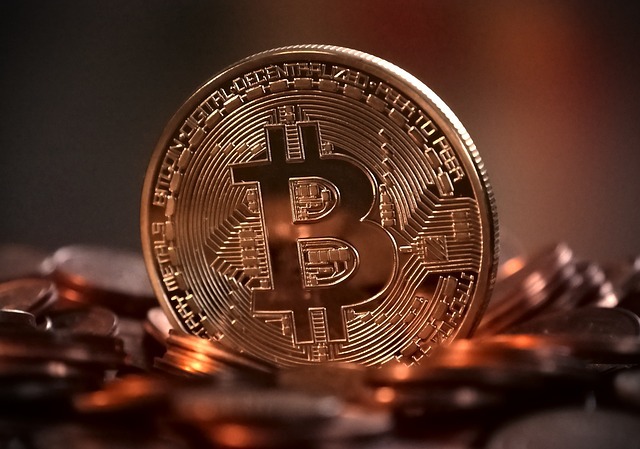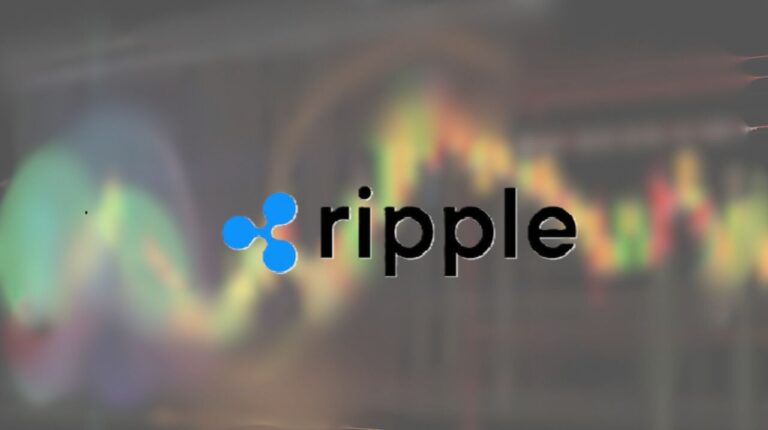
- Terraform Labs’ recent burn of 251 billion LUNC and new tax initiatives aim to stabilize Terra Luna Classic’s hyperinflated supply and improve transaction efficiency, but the $1 target remains challenging due to LUNC’s high token volume.
- While optimistic projections exist, reaching this goal depends heavily on increased demand and continued community-led burn efforts.
Terra Luna Classic (LUNC) has been a subject of curiosity and cautious optimism as Terraform Labs (TFL) recently initiated a major token burn. By removing 251 billion LUNC and 264 million USTC from circulation, Terraform Labs hopes to address the oversupply of LUNC tokens in the market, which has hampered the cryptocurrency’s recovery efforts since the Terra ecosystem collapse in 2022.
But can these initiatives drive LUNC’s value to the elusive $1 mark?
The Impact of LUNC’s Burn Program on Its Supply
After Terra’s downfall, LUNC’s supply ballooned, creating a major obstacle to any meaningful price increase. Terraform Labs and the Terra Classic community have thus introduced burn initiatives aimed at reducing the hyperinflated token supply. With backing from major exchanges like Binance, which burns LUNC tokens based on trading volume fees, the community has made progress. However, despite these efforts, only about 4% of the approximately 6 trillion LUNC supply has been burned, making the journey to $1 a challenging one.
To achieve substantial price increases, analysts argue that LUNC’s burn rate must increase dramatically. The current burns, while significant, may not be enough without additional demand from buyers. This highlights the need for higher transaction volume and trading interest, which are critical to sustaining long-term value growth.
New Mechanisms for Recovery: Tax Programs and Compliance
The Terra Luna Classic community has also implemented a new tax structure called the “Reverse Charge” mechanism. Designed to simplify transactions and avoid double taxation from smart contract executions, the Reverse Charge aims to enhance user experience on the Terra chain. The changes were part of a regulatory compliance effort, following an SEC settlement that led to the recent asset burns in Shuttle Bridge wallets.
This streamlined approach improves both regulatory alignment and transactional efficiency, which could contribute positively to the token’s value. Yet, whether this tax structure can substantially impact LUNC’s price is uncertain, given the vast supply of tokens still in circulation.
Price Projections and Community Sentiment
Currently, LUNC trades at around $0.000083, far from the desired $1 target. Price forecasts suggest a range between $0.318 and $1.085 by November, with more optimistic projections estimating $0.987 to $1.509 by year-end. For 2025, analysts expect prices to range between $0.543 and $1.285, depending heavily on burn initiatives and the growing utility of the Terra Luna Classic network.
While a $1 target remains a distant goal, the Terra Classic community is hopeful that these changes could drive long-term recovery and stability. However, as with all cryptocurrencies, the market’s inherent volatility calls for cautious investment. As the burn programs and structural updates continue, the fate of LUNC will hinge on sustained community effort, rising demand, and the success of these burn initiatives.
For now, LUNC’s path to $1 remains uncertain but possible, fueled by the community’s resilience and commitment to restoring value.




